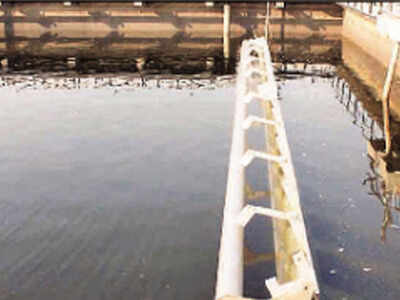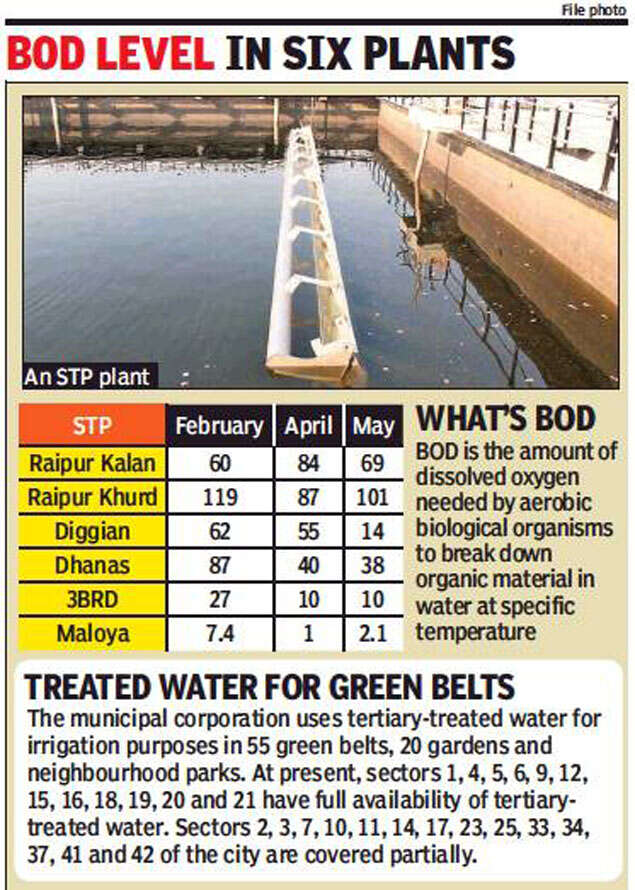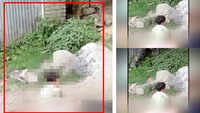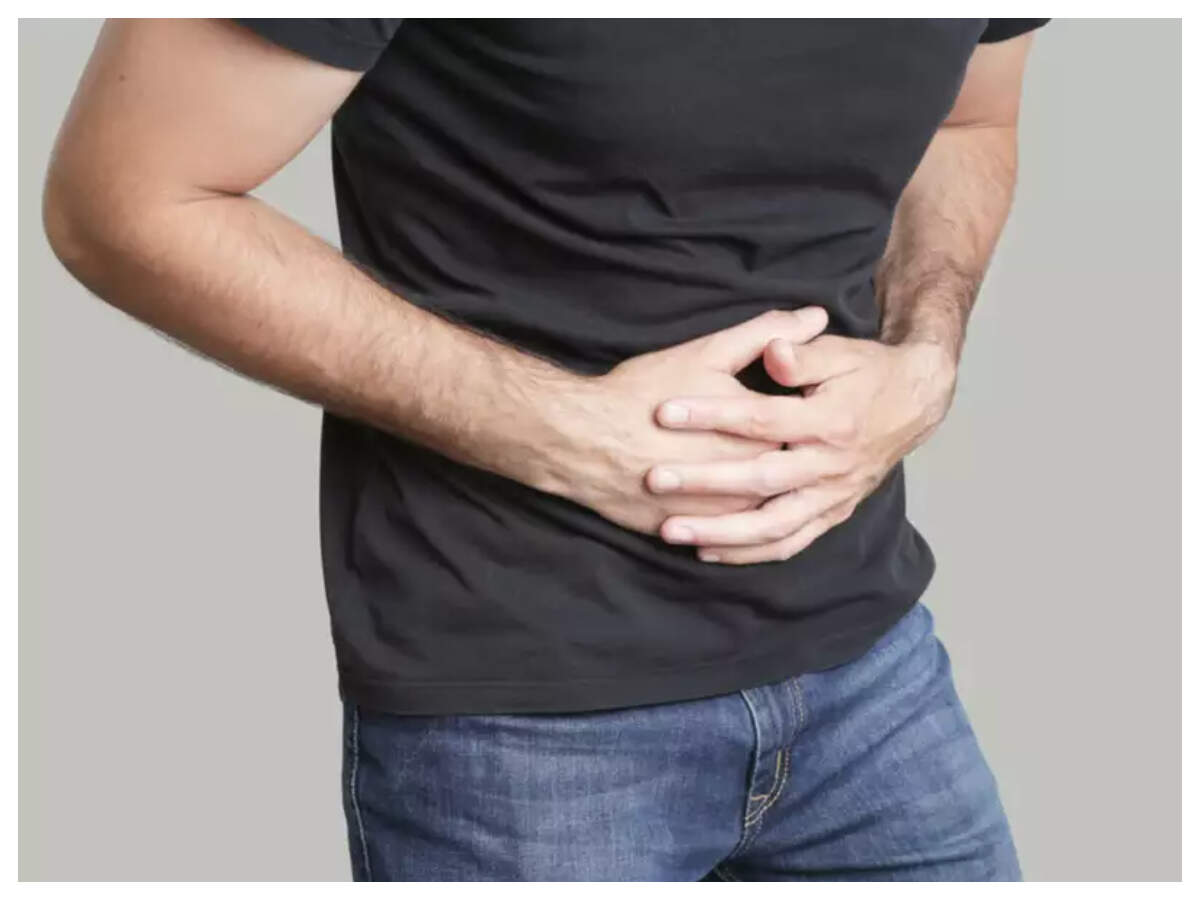
CHANDIGARH: The UT engineering department and the municipal corporation have failed miserably to improve the functioning of sewage treatment plants (STPs) in the city, as the latest inspection report by Chandigarh Pollution Control Committee (CPCC) points to shortcomings in the functioning of four of the six plants.
The four plants are releasing treated water with much higher bio-chemical oxygen demand (BOD) than the permissible level of maximum 30 mg/litre. The latest report (of February, April and May; no monitoring was done in March) was compiled by the CPCC on the directions of the National Green Tribunal, which is keeping an eye on water pollution in the city. The report was recently submitted to an NGT panel.

The STPs situated in Raipur Kalan, 3BRD, Maloya and Diggian are managed by the municipal corporation engineering department, while the UT engineering department maintains the ones in Raipur Khurd and Dhanas.
Of the six, four STPs in Raipur Kalan, Raipur Khurd, Dhanas and Diggian are releasing treated water with high BOD level.
The report reads, “In terms of BOD, Maloya and 3BRD STPs are meeting the prescribed standards, while the Raipur Kalan, Diggian, Dhanas and Raipur Khurd ones are not. However, none of the STPs is meeting the coliform standards.”
BOD is the amount of dissolved oxygen needed or demanded by aerobic biological organisms to break down organic material in water at specific temperature over given time.
Recently, the Chandigarh Smart City Limited had advertised tenders to upgrade five STPs in the city.
The administration in its action plan had submitted that they would upgrade all STPs in the city by 2022, but the NGT panel had directed it to complete the job by 2020. In August 2018, taking suo motu cognizance of media reports on pollution in the Ghaggar river, the NGT had directed the chief secretaries of Haryana, Punjab, Himachal Pradesh and Chandigarh to constitute a special task force (STF) to clean the river. The NGT committee in Chandigarh, along with officials of CPCC, had visited various points of Sukhna Choe in the city.
The NGT in its previous order had said, “The Environment (Protection) Rules, 1986, provide for standards for the emission of pollutants. For different industries, the standards are laid down in Schedule I. The findings of the joint inspection report are that values of various parameters such as biochemical oxygen demand, total suspended solids, faecal coliform, lead and iron were beyond permissible limits at most of the locations in Himachal Pradesh, Haryana, Punjab and Chandigarh.”
“It is, thus, fully established that there is a failure on the part of the statutory authorities, especially the pollution control boards, in performing their duties. Under the statutory scheme, the boards are required to prosecute all those who may be responsible for discharging effluents beyond standards and to close all commercial establishments which are discharging such effluents apart from other penal measures required to be taken. They have failed to uphold the rule of law in spite of adequate powers given to them,” the NGT had added.
“It is high time that their composition is considered by the higher authorities and accountability fixed by taking civil and criminal action against not only the violators of law but all those responsible for failure of their duties in taking action or shielding the culprits and thereby adversely affecting the environment and health of the inhabitants,” the tribunal had said.
The four plants are releasing treated water with much higher bio-chemical oxygen demand (BOD) than the permissible level of maximum 30 mg/litre. The latest report (of February, April and May; no monitoring was done in March) was compiled by the CPCC on the directions of the National Green Tribunal, which is keeping an eye on water pollution in the city. The report was recently submitted to an NGT panel.

The STPs situated in Raipur Kalan, 3BRD, Maloya and Diggian are managed by the municipal corporation engineering department, while the UT engineering department maintains the ones in Raipur Khurd and Dhanas.
Of the six, four STPs in Raipur Kalan, Raipur Khurd, Dhanas and Diggian are releasing treated water with high BOD level.
The report reads, “In terms of BOD, Maloya and 3BRD STPs are meeting the prescribed standards, while the Raipur Kalan, Diggian, Dhanas and Raipur Khurd ones are not. However, none of the STPs is meeting the coliform standards.”
BOD is the amount of dissolved oxygen needed or demanded by aerobic biological organisms to break down organic material in water at specific temperature over given time.
Recently, the Chandigarh Smart City Limited had advertised tenders to upgrade five STPs in the city.
The administration in its action plan had submitted that they would upgrade all STPs in the city by 2022, but the NGT panel had directed it to complete the job by 2020. In August 2018, taking suo motu cognizance of media reports on pollution in the Ghaggar river, the NGT had directed the chief secretaries of Haryana, Punjab, Himachal Pradesh and Chandigarh to constitute a special task force (STF) to clean the river. The NGT committee in Chandigarh, along with officials of CPCC, had visited various points of Sukhna Choe in the city.
The NGT in its previous order had said, “The Environment (Protection) Rules, 1986, provide for standards for the emission of pollutants. For different industries, the standards are laid down in Schedule I. The findings of the joint inspection report are that values of various parameters such as biochemical oxygen demand, total suspended solids, faecal coliform, lead and iron were beyond permissible limits at most of the locations in Himachal Pradesh, Haryana, Punjab and Chandigarh.”
“It is, thus, fully established that there is a failure on the part of the statutory authorities, especially the pollution control boards, in performing their duties. Under the statutory scheme, the boards are required to prosecute all those who may be responsible for discharging effluents beyond standards and to close all commercial establishments which are discharging such effluents apart from other penal measures required to be taken. They have failed to uphold the rule of law in spite of adequate powers given to them,” the NGT had added.
“It is high time that their composition is considered by the higher authorities and accountability fixed by taking civil and criminal action against not only the violators of law but all those responsible for failure of their duties in taking action or shielding the culprits and thereby adversely affecting the environment and health of the inhabitants,” the tribunal had said.

Coronavirus outbreak
Trending Topics
LATEST VIDEOS
More from TOI
Navbharat Times
Featured Today in Travel
Quick Links
Kerala Coronavirus Helpline NumberHaryana Coronavirus Helpline NumberUP Coronavirus Helpline NumberBareilly NewsBhopal NewsCoronavirus in DelhiCoronavirus in HyderabadCoronavirus in IndiaCoronavirus symptomsCoronavirusRajasthan Coronavirus Helpline NumberAditya ThackerayShiv SenaFire in MumbaiAP Coronavirus Helpline NumberArvind KejriwalJammu Kashmir Coronavirus Helpline NumberSrinagar encounter
Get the app









